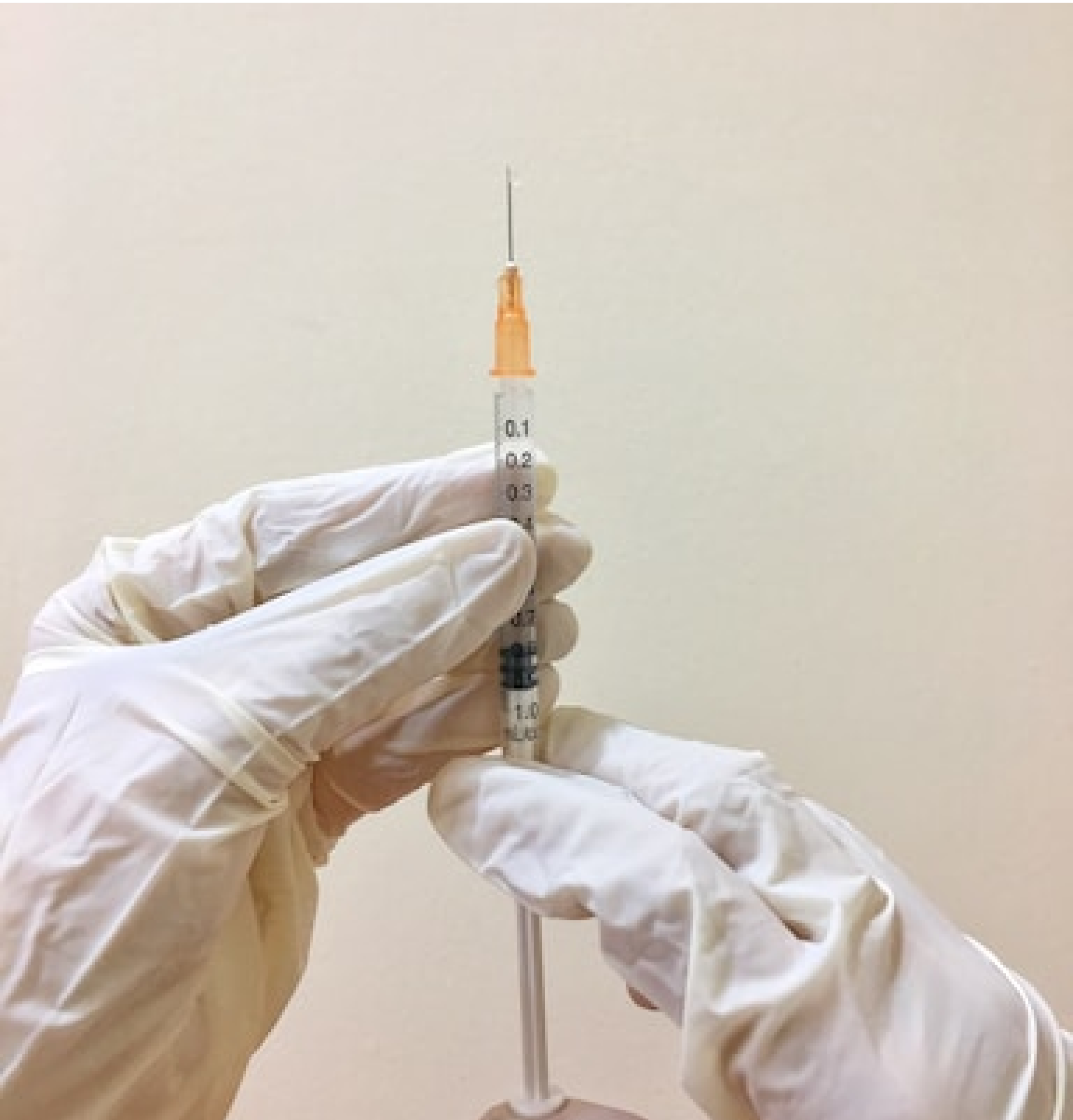Bux Pain Management
Board Certified Anesthesiologist located in Lexington, Cynthiana, Maysville, & Danville, KY
The sacroiliac (SI) joints in your pelvis play a crucial role in how you stand and walk. As Anjum Bux, MD, knows, damage to the SI joints can affect your mobility and lead to chronic pain in your back, buttocks, and legs. At Bux Pain Management in Lexington, Cynthiana, and Danville, Kentucky, Dr. Bux offers minimally invasive SI joint injections to relieve your pain without surgery or addictive medications. To find out if SI joint injections are right for you, call Bux Pain Management today or book an appointment online.
SI Joint Injections Q & A
What are SI joint injections?
The sacroiliac joints connect your hip bones to the sacrum, the large triangular bone that sits between your lumbar spine (lower back) and your tailbone. These joints help carry the weight of your upper body while providing mobility for your lower body. An injury or other damage to these joints can cause constant pain, stiffness, and poor mobility.
An SI joint injection is a nonsurgical treatment. It involves injecting medication directly into the space surrounding your SI joints. The injection reduces inflammation and pain, giving your joints a chance to heal without you having to suffer chronic pain in the process.
Who needs SI joint injections?
The most common reason patients seek SI joint injections is that they suffer from a painful condition called sacroiliitis. This chronic condition causes SI joint inflammation, leading to pain in your lower back, buttocks, and the backs of your legs.
Many conditions raise your risk of developing sacroiliitis, including:
Arthritis
Arthritis is a chronic condition that causes joint inflammation. The two most common forms of arthritis are osteoarthritis and rheumatoid arthritis (RA). Osteoarthritis is a wear-and-tear disease that breaks down the flexible cartilage surrounding your joints. RA is an autoimmune condition that inflames your joints.
Injuries
Traumatic injuries, like car accidents, major sports injuries, and falls, can cause lasting damage to your SI joints.
Pregnancy
Pregnancy puts added weight on your back and midsection, which can put too much extra pressure on the SI joints. The SI joints also separate to accommodate childbirth. In some cases, pregnancy can damage your SI joints, causing long-term pain.
What happens during SI joint injections?
If you’re experiencing pain when walking, standing, or climbing stairs, SI joint injections could be right for you. These injections typically take less than 15 minutes and require little to no preparation.
When you arrive for your treatment, you’ll lie down on your stomach on the exam table. Once Dr. Bux administers a numbing medication to improve your comfort, he uses X-ray imaging (fluoroscopy) to guide the treatment for accuracy.
Depending on the severity and site of your pain, Dr. Bux could inject one or both of your SI joints. The injection site might feel sore for a few days, but these side effects should go away on their own. Most patients begin feeling noticeable relief within two to seven days of their first treatment.
What are SI joint stabilizations?
If your pain is advanced, Dr. Bux could recommend SI joint stabilization. This minimally invasive procedure places a very small bone graft into your SI joints. Dr. Bux does the entire procedure through a small incision in your back.
SI joint stabilizations fuse the joints to preserve and stabilize the damaged joint. They relieve pain and pressure from your joints to promote healing.
To learn more about SI joint injections and stabilizations, call Bux Pain Management today or schedule an appointment online.








